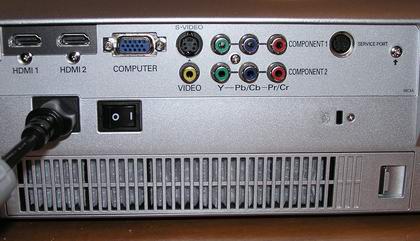
- Composite- Composite Video is just a single video stream used for older devices like VCR’s and game systems. It is used to hook up a yellow RCA Cable that is carrying over video. This is the worst quality and should not be used to carry high quality video
- Component cables- video feed is split into 3 different inputs (red, green, blue) instead of the normal 1 video input (yellow.) Make sure not to mistake the red, white, yellow inputs on your DVD player with these.
- S Video- S-video cable will take the video and run it over one line. S-video will offer a better image quality over component cables.
- HDMI- HDMI cables are the newest high definition connectivity. An HDMI connector is smaller and carries digital audio along with digital video.
The best quality is said to be found using HDMI cables, but the difference is negligible and only really there when you are talking about converting signals of 720p and 1080p.
Most of the time it really does not matter what connector you use. They all do the exact same thing and they do it well enough that you will not notice a huge performance gain. The only reason there is so many of the on your projector is so they can allow it to be plugged into numerous devices.
In today’s times almost every DVD and blu-ray player will have at least component cables and S-Video. So at least make sure you have these hook-ups on your projector. If you want to future proof yourself then aim fro getting an HDMI input. HDMI is being used more and more to transport HDTV signals and will soon phase out the competition.
Also if you are interested in hooking your projector up to a computer then look for a VGA or DVI input on the projector. This will allow you to plug your pc into your projector using a VGA or DVI cable just like you would a computer monitor.
 The main factor when anyone is looking at buying a projector is how much will it cost. This price range of a projector really reflects on the quality of the projector you will be getting. For anyone looking for a barebones home theater projector you will see a cost generally around $500 to $1000. This is a huge improvement from just 5 years ago when projectors starting price were around $2000. As projectors become more mainstream the prices have dropped dramatically. It is no longer a luxury item that is only affordable to the super rich and businesses, but now is a mainstream item that you can now buy a projector at almost any electronic store.
The main factor when anyone is looking at buying a projector is how much will it cost. This price range of a projector really reflects on the quality of the projector you will be getting. For anyone looking for a barebones home theater projector you will see a cost generally around $500 to $1000. This is a huge improvement from just 5 years ago when projectors starting price were around $2000. As projectors become more mainstream the prices have dropped dramatically. It is no longer a luxury item that is only affordable to the super rich and businesses, but now is a mainstream item that you can now buy a projector at almost any electronic store. Mitsubishi has just unveiled a new high quality micro projector called the XD95U. Even though it might not be the lightest and smallest projector out does not mean it is not small. Weighing in at only 3.3 pounds and measuring 7.5 by 8.1 inches the XD95U Micro Projector is a small and very portable projector. It will certainly become a must have for business meetings because it comes with an impressive 2200 ANSI lumens. With such a high lumen output the XD95U allows users to present in almost any lighting situation. It is also has an instant shut-down feature that allows the user to make a quick exit without chancing damage to the projectors bulb.
Mitsubishi has just unveiled a new high quality micro projector called the XD95U. Even though it might not be the lightest and smallest projector out does not mean it is not small. Weighing in at only 3.3 pounds and measuring 7.5 by 8.1 inches the XD95U Micro Projector is a small and very portable projector. It will certainly become a must have for business meetings because it comes with an impressive 2200 ANSI lumens. With such a high lumen output the XD95U allows users to present in almost any lighting situation. It is also has an instant shut-down feature that allows the user to make a quick exit without chancing damage to the projectors bulb.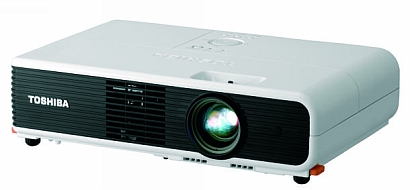
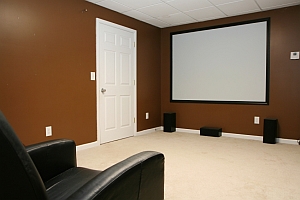 As of right now, 1080p is all the rage for any type of home theater entertainment system. Whether its a 1080p projector or a 1080p Plasma TV, they are selling like hotcakes due to their ability to provide the best video processing method on the market as well as some of the best pictures. Despite all the hype and enthusiasm surrounding the 1080p format, many users are finding that 720p is still the way to go.
As of right now, 1080p is all the rage for any type of home theater entertainment system. Whether its a 1080p projector or a 1080p Plasma TV, they are selling like hotcakes due to their ability to provide the best video processing method on the market as well as some of the best pictures. Despite all the hype and enthusiasm surrounding the 1080p format, many users are finding that 720p is still the way to go.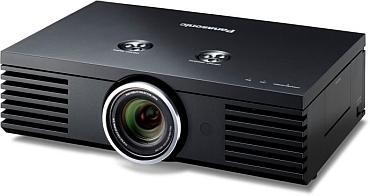
 Mitsubishi Digital Electonics will release the high-brightness 1080p resolution FL6900U projector this month. It will be priced at $9,995, and is the ultimate in commercial projectors. Featuring a built-in anti-theft alarm, this projector is designed for public settings with high ambient lighting.
Mitsubishi Digital Electonics will release the high-brightness 1080p resolution FL6900U projector this month. It will be priced at $9,995, and is the ultimate in commercial projectors. Featuring a built-in anti-theft alarm, this projector is designed for public settings with high ambient lighting.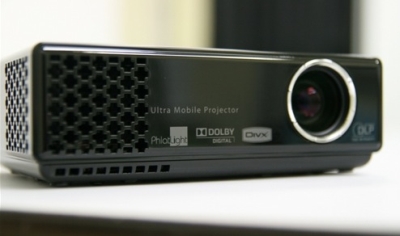

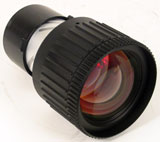 A long throw lens is a special type of lens that allows a projector to be placed farther back without stretching out the screen as far as a normal lens would. Long throw lenses are usually external lenses that are mounted on in front of the normal lens, like a pair of glasses. Some projectors will come stock with a long throw lens, but this is very rare and are often from name brands you cannot trust. Typically you can find a long throw lens from any where from $1000 for a very cheap one to all the way up to $5000 for a high quality lens for very long distances.
A long throw lens is a special type of lens that allows a projector to be placed farther back without stretching out the screen as far as a normal lens would. Long throw lenses are usually external lenses that are mounted on in front of the normal lens, like a pair of glasses. Some projectors will come stock with a long throw lens, but this is very rare and are often from name brands you cannot trust. Typically you can find a long throw lens from any where from $1000 for a very cheap one to all the way up to $5000 for a high quality lens for very long distances.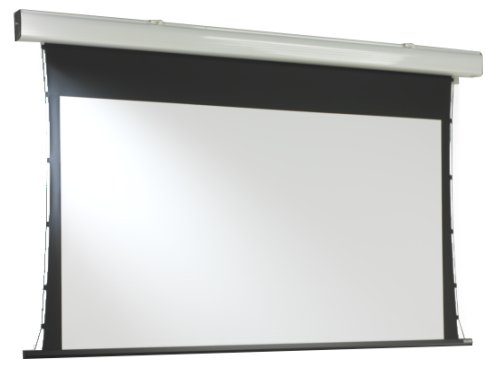 As projectors grow in popularity for home theater use, many people are deciding to get their money's worth and are completing the home theater package by buying projector screens. But just like projectors, projector screens vary from model to model and some of these differences shouldn't be ignored.
As projectors grow in popularity for home theater use, many people are deciding to get their money's worth and are completing the home theater package by buying projector screens. But just like projectors, projector screens vary from model to model and some of these differences shouldn't be ignored.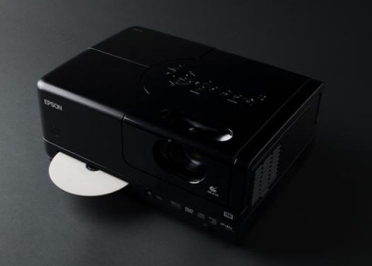
 A question that is asked over and over when it comes to projectors is how many lumens do I need? Well to answer this question we might want to start out by talking about what are lumens. Lumens is quite simply the measure of light output of projectors. Today’s projectors usually range in the number of lumens from around 1,000 to up to 10,000 Lumens. Another key item to remember when looking at the number of lumens is make sure measurement is in ANSI lumens. ANSI Lumens is a standard use of Lumen Measurement that was established by the American Nation Standards Institute. Some projector companies will try to make their numbers seem higher than they actually are using different methods to measure their lumens.
A question that is asked over and over when it comes to projectors is how many lumens do I need? Well to answer this question we might want to start out by talking about what are lumens. Lumens is quite simply the measure of light output of projectors. Today’s projectors usually range in the number of lumens from around 1,000 to up to 10,000 Lumens. Another key item to remember when looking at the number of lumens is make sure measurement is in ANSI lumens. ANSI Lumens is a standard use of Lumen Measurement that was established by the American Nation Standards Institute. Some projector companies will try to make their numbers seem higher than they actually are using different methods to measure their lumens.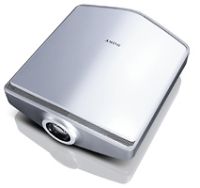 People have been playing video games on computers since before consoles where even invented. Today PC's are the top choice for gaming enthusiasts and casual players alike. However, those who are looking for the best possible gaming experience are turning to projectors for high definition, high resolution, immersive displays for their personal computers. For those of you wanting to purchase a projector and get the most out of your gaming experience, here are a few things to consider when looking at all the different projectors.
People have been playing video games on computers since before consoles where even invented. Today PC's are the top choice for gaming enthusiasts and casual players alike. However, those who are looking for the best possible gaming experience are turning to projectors for high definition, high resolution, immersive displays for their personal computers. For those of you wanting to purchase a projector and get the most out of your gaming experience, here are a few things to consider when looking at all the different projectors.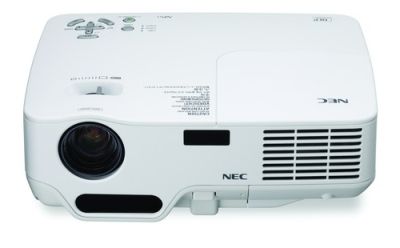
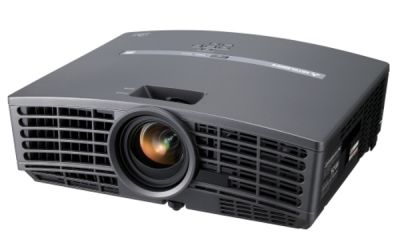 Mitsubishi has once again built an amazing new projector for a very cheap price. The HC1600 Projector is a high quality 720p DLP HD home theater projector with an amazing price of under $1000. You will be able to see true HD images with 1700 Lumens, 2500:1 contrast ration, native 720p format display, and all in a quiet projector that you can barely even hear running.
Mitsubishi has once again built an amazing new projector for a very cheap price. The HC1600 Projector is a high quality 720p DLP HD home theater projector with an amazing price of under $1000. You will be able to see true HD images with 1700 Lumens, 2500:1 contrast ration, native 720p format display, and all in a quiet projector that you can barely even hear running.
 These days as technology continues to expand and projectors become cheaper, many classrooms and auditoriums are starting to buy projectors for educational purposes. Projectors are ideal to have in the classroom as they are the most versatile when compared to chalk boards and white boards. Because most schools constantly find themselves on a tight budget or short on funds, we'd like to give you a few tips to give you're projector the best bang for your dollar.
These days as technology continues to expand and projectors become cheaper, many classrooms and auditoriums are starting to buy projectors for educational purposes. Projectors are ideal to have in the classroom as they are the most versatile when compared to chalk boards and white boards. Because most schools constantly find themselves on a tight budget or short on funds, we'd like to give you a few tips to give you're projector the best bang for your dollar. 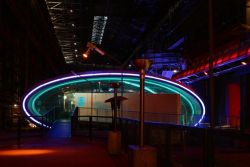 Sports bars and restaurants have always been a place where people go to relax and enjoy a sports game live on a big screen. Big screen bring excitement to local bars and apart from other establishments who have several small screens where many people have to strain their eyes just to see.
Sports bars and restaurants have always been a place where people go to relax and enjoy a sports game live on a big screen. Big screen bring excitement to local bars and apart from other establishments who have several small screens where many people have to strain their eyes just to see.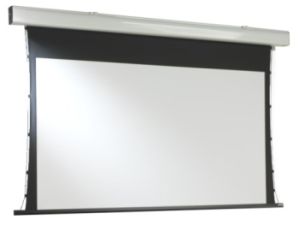 The quick answer is that most projectors are perfectly fine and produce a satisfying image on a plain white wall. However, those who want the best possible looking image will opt for a screen. In this HD driven market,
The quick answer is that most projectors are perfectly fine and produce a satisfying image on a plain white wall. However, those who want the best possible looking image will opt for a screen. In this HD driven market, 




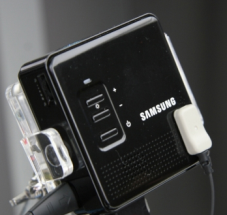 Samsung has taken the next step in innovative mobile technology and has created the MBP Micro Projector. This little gadget projects a 10 ansi lumen beam and comes in a box measuring 2.8x2.8x2.1 inches, about the size of a cigarette pack, and produces an image that can reach up to 50" in size.
Samsung has taken the next step in innovative mobile technology and has created the MBP Micro Projector. This little gadget projects a 10 ansi lumen beam and comes in a box measuring 2.8x2.8x2.1 inches, about the size of a cigarette pack, and produces an image that can reach up to 50" in size. 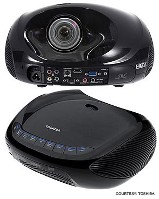 New Projector Technologies are Now Available For Use In Projector Rentals
New Projector Technologies are Now Available For Use In Projector Rentals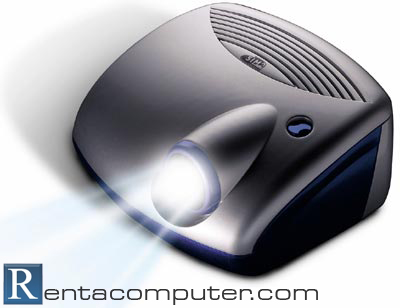 Projectors are now following the latest trends of High Definition Media and many HD projectors are now available to the consumer at prices previously unheard of. High Definition projectors feature a resolution of 1920x1080 and all bring with it Full High Definition 1080p meaning they will look amazing when compared to a standard 800x600 SVGA projector.
Projectors are now following the latest trends of High Definition Media and many HD projectors are now available to the consumer at prices previously unheard of. High Definition projectors feature a resolution of 1920x1080 and all bring with it Full High Definition 1080p meaning they will look amazing when compared to a standard 800x600 SVGA projector. There are a few things to keep in mind when renting a projector.
There are a few things to keep in mind when renting a projector.  A few decades ago there's little doubt that a wireless video projector had never been envisioned. Now that wireless projectors are here, there can be little doubt that this is the standard that all future portable projectors will need to live up to.
A few decades ago there's little doubt that a wireless video projector had never been envisioned. Now that wireless projectors are here, there can be little doubt that this is the standard that all future portable projectors will need to live up to. The Final Four is rapidly approaching, the semifinalists facing off this Saturday night; North Carlina will play Kansas, and Memphis will play UCLA. The victor of each game will compete against one another Monday, April 7th in San Antonio for the title of best college basketball team in the United States.
The Final Four is rapidly approaching, the semifinalists facing off this Saturday night; North Carlina will play Kansas, and Memphis will play UCLA. The victor of each game will compete against one another Monday, April 7th in San Antonio for the title of best college basketball team in the United States. Here are a few tips to help keep your projector running at its best.
Here are a few tips to help keep your projector running at its best.

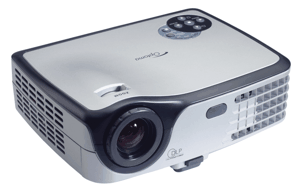 Welcome to our new Projector Blog. We hope to fill this blog in the weeks to come with useful information on AV products and their use for the business and consumer market. We promise this site will never be used for Google Adwords or other sponsored links. We will recommend at no charge those resources that can help our readers who are interested in projector technology and it’s practical application.
Welcome to our new Projector Blog. We hope to fill this blog in the weeks to come with useful information on AV products and their use for the business and consumer market. We promise this site will never be used for Google Adwords or other sponsored links. We will recommend at no charge those resources that can help our readers who are interested in projector technology and it’s practical application.